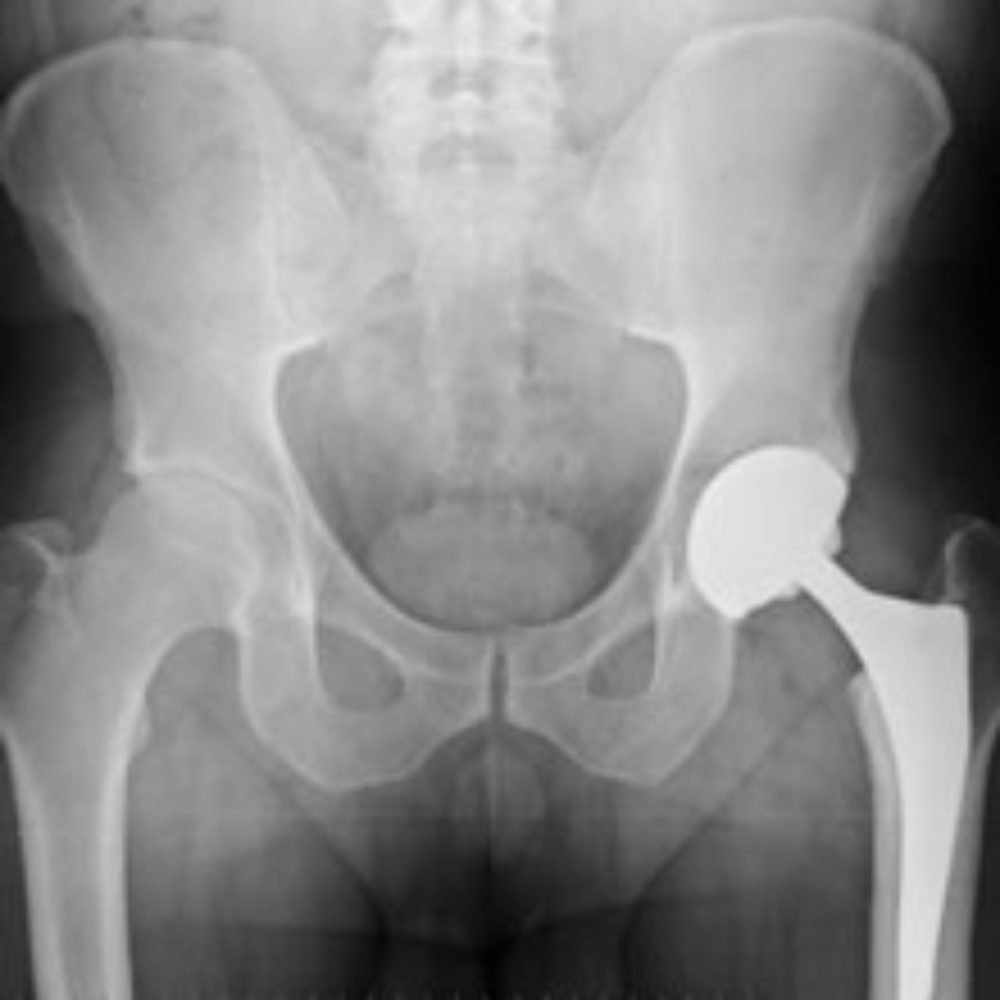Metal-on-Metal Hip Corrosion May Be Linked to Tissue Reactions: Study

New research suggests that metal-on-metal hip replacements may corrode faster than other types of artificial hip implants and that the corrosion may be linked to an increased risk of local tissue reactions that require revision or removal of the implant.
In a study published last week in the Journal of Arthroplasty, researchers examined the degree of corrosion on the femoral heads of metal-on-metal hip implants, and compared it to the corrosion found on the same diameter heads from metal-on-polyethylene implants, which feature a synthetic liner between the femoral head and acetabular cup.
According to the findings, metal-on-metal hips showed more corrosion and that corrosion increased over time. The more corroded the implants were, the more likely the recipient of that implant was found to have suffered adverse tissue reactions that required the revision of the implant.

Did You Know?
Millions of Philips CPAP Machines Recalled
Philips DreamStation, CPAP and BiPAP machines sold in recent years may pose a risk of cancer, lung damage and other injuries.
Learn MoreMetal-on-metal hip replacement systems use cobalt and chromium metal femoral heads, which rest in a metal acetabular cup. In recent years, concerns have emerged about the safety of these all-metal hip implants, as a growing number of implant systems have been associated with higher-than-expected failure rates, often requiring hip revision surgery within a few years after surgery.
As the metal parts of the system rub against each other, it is known that microscopic metal particles may be released into the body, which can cause metallosis, or metal blood poisoning.
After visually grading the taper corrosion for 33 different removed femoral heads from a single manufacturer, researchers found that nearly half of the 19 metal-on-metal heads examined had corrosion outside of the taper zone, compared to only one of the 14 non-metal-on-metal heads.
Researchers also found that metal-on-metal implants that had been revised after patients experienced local tissue reactions had higher corrosion scores than those without such tissue problems. Individuals who experienced local tissue reactions with metal-on-metal implants were also found to be more likely to have corrosion outside of the taper junction.
The metal-on-metal hip corrosion was found to worsen the longer the implant had been in use, raising concerns among the researchers that metal-on-metal hip failures involving local tissue reactions will increase with longer follow up.
Both in the United States and abroad, there are a growing number of medical experts who have indicated that all metal-on-metal hip replacement systems are unsafe and should be recalled from the market.
The FDA has scheduled a meeting of its orthopedic devices advisory board to review the safety of metal hip systems for June 27 and 28.
The committee is charged with discussing failure rates, testing for metal ion blood poisoning, imaging methods, local and systemic complications, patient risk factors and considerations for follow-up after surgery. The committee will then make recommendations to the FDA on how to proceed. The agency notes that it is considering whether to make metal-on-metal hip systems “subject to more rigorous testing and premarket review requirements.”
Concerns about the safety of metal-on-metal hip replacements has been increasing since August 2010, when a DePuy ASR metal-on-metal hip recall was issued after data suggested that about one out of eight implants failed within five years. More than 93,000 of the DePuy ASR components were sold worldwide before the recall, with about 40,000 implanted in the United States.
More than 6,000 individuals throughout the U.S. are currently pursuing a DePuy ASR hip lawsuit against the manufacturer, alleging that the implant was not adequately researched and that warnings should have been provided about the risk of metal-on-metal hip poisoning.
In addition, hundreds of individuals are currently pursuing a DePuy Pinnacle lawsuit, after experiencing problems with the older metal-on-metal hip implant, which has also been linked to a high number of failures.
Similar product liability lawsuits have also been filed over problems with Wright Conserve metal hips, BioMet M2A-Magnum metal hips and other metal-on-metal hip replacements manufactured by other companies.
Get more articles like this sent directly to your inbox.
"*" indicates required fields




0 Comments